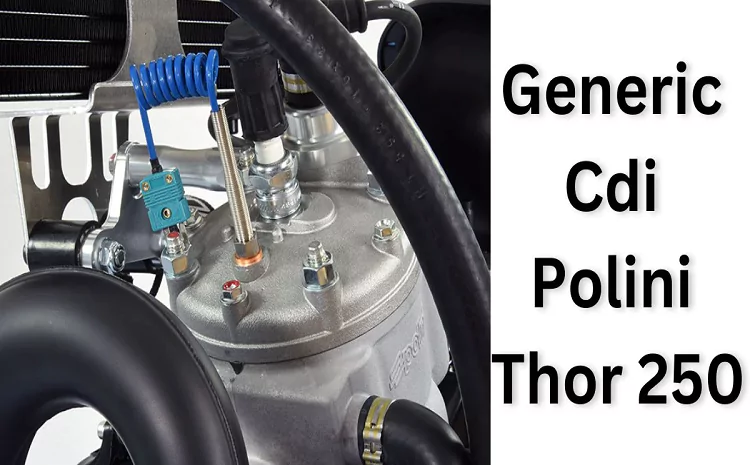In the world of software development, building successful APIs is crucial for creating seamless digital experiences. However, jumping straight into API development without a clear blueprint can lead to miscommunication, increased costs, and poor functionality. This is where wireframing and modeling come in. Wireframing and modeling play a crucial role in ensuring an API functions smoothly, serving as visual guides that help plan the structure and logic of the system.
Key Takeaways
- Wireframing helps plan the structure of an API and provides clarity on its layout and flow.
- Wireframing and modeling play a vital role in enhancing communication among development teams.
- These techniques identify usability issues early, saving time and resources during development.
- Successful wireframes help achieve your business’s objectives and improve API functionality.
What is Wireframing in API Development?
Wireframes are basic visual representations of a user interface or system structure. They act as blueprints that outline the elements, functionalities, and interactions within an API. In the context of API development, wireframes map out how the API endpoints interact, data flow, and key components. This provides a clear view of the system before coding begins.
Why is Wireframing Important for APIs?
Wireframing helps plan the structure of an API and offers several advantages:
- Provides Visual Clarity: It shows how different components of the API interact.
- Enhances Communication: It makes it easier for teams to discuss and refine ideas.
- Reduces Errors: Early visualizations help identify potential issues before they become major problems.
Benefits of Wireframing for APIs
| Benefit | Description |
|---|---|
| Visual Clarity | Shows the interaction and flow of API components. |
| Enhanced Communication | Helps teams discuss and visualize concepts more effectively. |
| Error Reduction | Detects design flaws and logic issues early in development. |
Understanding API Modeling
API modeling involves creating structured diagrams or schemas to represent the data and logic of an API. It is essential for defining how data flows between different endpoints, how it’s processed, and what transformations occur. Modeling ensures that the API’s functionality aligns with business objectives and technical requirements.
Role of API Modeling
API modeling serves as a guide for development, ensuring that the technical implementation matches the intended functionality. It helps answer questions like:
- What data will the API handle?
- How will different components communicate?
- What are the expected inputs and outputs?
Key Elements of API Modeling
| Element | Description |
|---|---|
| Data Schemas | Defines the structure of data used by the API. |
| Endpoints | Maps out the URL paths and actions for each functionality. |
| Data Flow | Visualizes how data moves through the system. |
Importance of Wireframing and Modeling in API Development
Enhancing Communication and Collaboration
Wireframing and modeling play a vital role in enhancing communication and collaboration between different teams, such as developers, project managers, and stakeholders. When everyone has a visual representation of the API structure, it’s easier to discuss changes, spot inconsistencies, and align goals.
Saving Time and Resources
Developing an API without wireframing can lead to misunderstandings and costly revisions. Wireframes and models help identify usability issues early on, allowing teams to make necessary adjustments before coding begins. This reduces the chances of extensive rework, saving time and resources in the long run.
Providing Clarity and Reducing Complexity
Wireframes provide clarity on the API’s structure, making complex systems easier to understand. By visualizing the interactions between different components, developers can focus on building a cohesive and well-structured API.
Benefits of Wireframing and Modeling in API Development
| Benefit | Description |
|---|---|
| Enhanced Communication | Facilitates discussions and decision-making among teams. |
| Resource Efficiency | Reduces rework and unnecessary revisions. |
| Clarity and Simplification | Makes complex systems easier to understand and implement. |
Steps to Create Effective API Wireframes and Models
Creating successful wireframes and models involves a structured approach. Follow these steps to ensure your API design aligns with business needs:
Define the Scope and Objectives
Before starting, define the purpose of the API. Understand what problem it solves, who will use it, and what outcomes are expected.
Sketch the Basic Structure
Create rough sketches of how different components will interact. Use simple shapes and arrows to represent endpoints, data flow, and logic.
Develop Detailed Wireframes
Refine the rough sketches into detailed wireframes, showing how each endpoint and component will function. Include descriptions for each part to provide context.
Create Data Models and Schemas
Develop schemas that define how data will be structured and validated. Use modeling tools like Swagger or Postman to create visual representations.
Review and Iterate
Review the wireframes and models with your team. Gather feedback, make necessary changes, and iterate until the design meets all requirements.
Steps to Create Effective Wireframes and Models
| Step | Action |
|---|---|
| Define Scope | Understand the API’s purpose and objectives. |
| Sketch Basic Structure | Create rough sketches of API interactions and components. |
| Develop Detailed Wireframes | Refine sketches into detailed wireframes. |
| Create Data Models | Define data structures and visual representations. |
| Review and Iterate | Get feedback and refine the design. |
Conclusion
Wireframing and modeling play a crucial role in ensuring an API functions smoothly by providing visual clarity, enhancing communication, and reducing errors. By incorporating these techniques into the development process, teams can build better APIs that meet business goals and user expectations. Investing time in wireframing and modeling will not only improve the efficiency of the development process but also lead to more successful API implementations.





